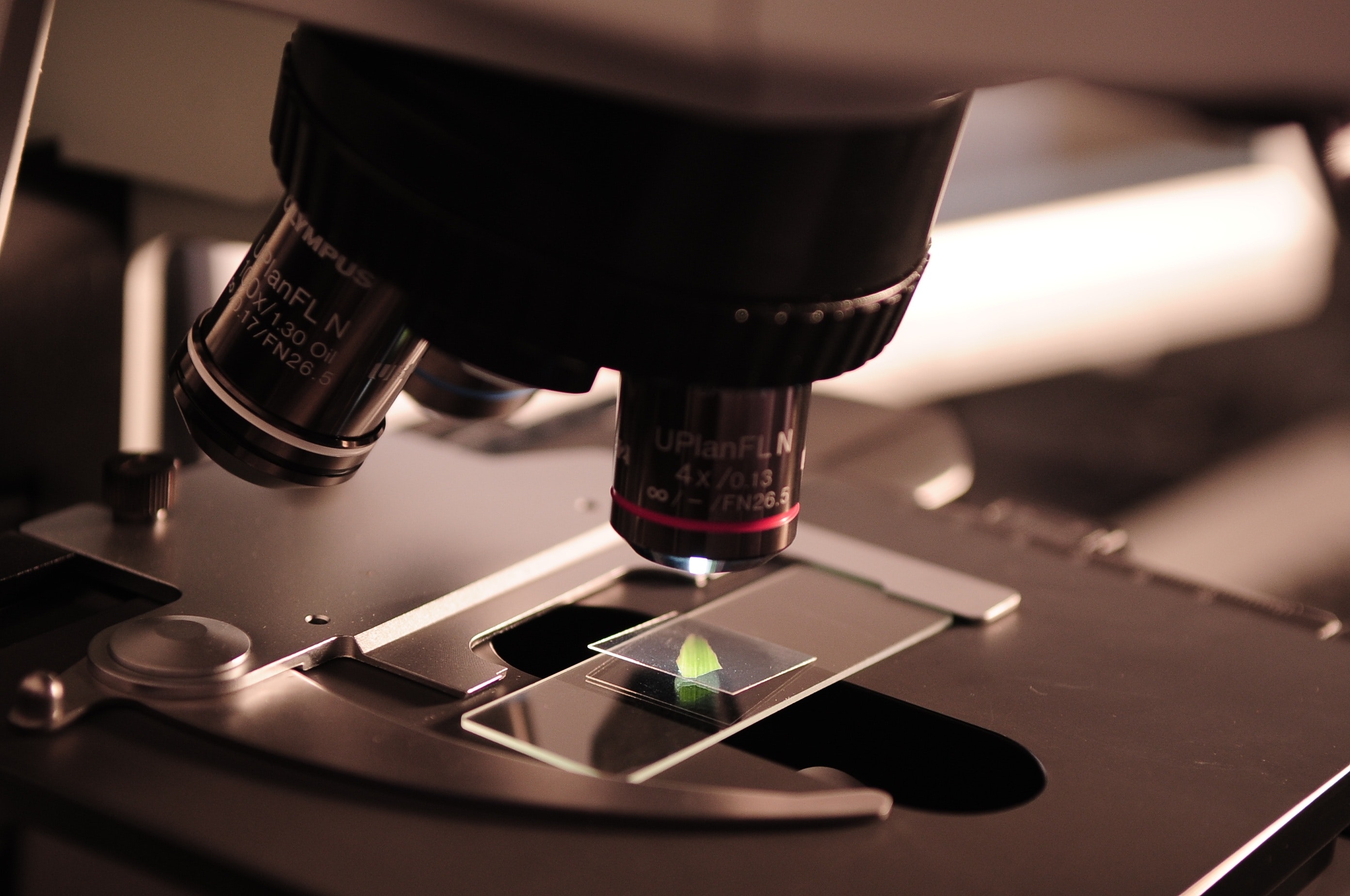

@readbeanicecream I think the economy is largely going to make the decision. Lab-grown meats are going to get better and cheaper until most feedlot meat can’t compete anymore. You’ll still have the aspirational meats, but it will still be debatable whether they’re worth the extra money other than bragging rights.



@Q67916tJ6Z0aWM I see you have some science-deniers giving you had hard time. Beef production is incredibly inefficient, doesn’t produce any new nutrients that didn’t go into the cow, and produces huge amounts of greenhouse gases. Whether the solution is red algae or lab-grown meat, I can’t say, but it’s going to get harder and harder to justify. Of course, the “but-my-burger!” snowflakes are going to have a melt down, but it’s coming.
@readbeanicecream